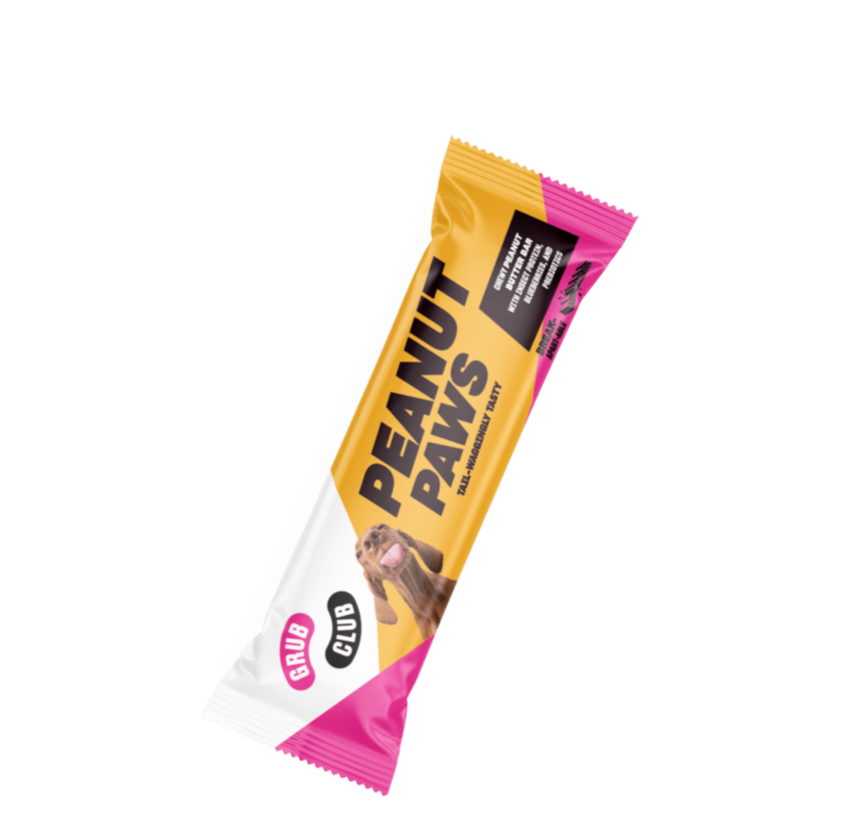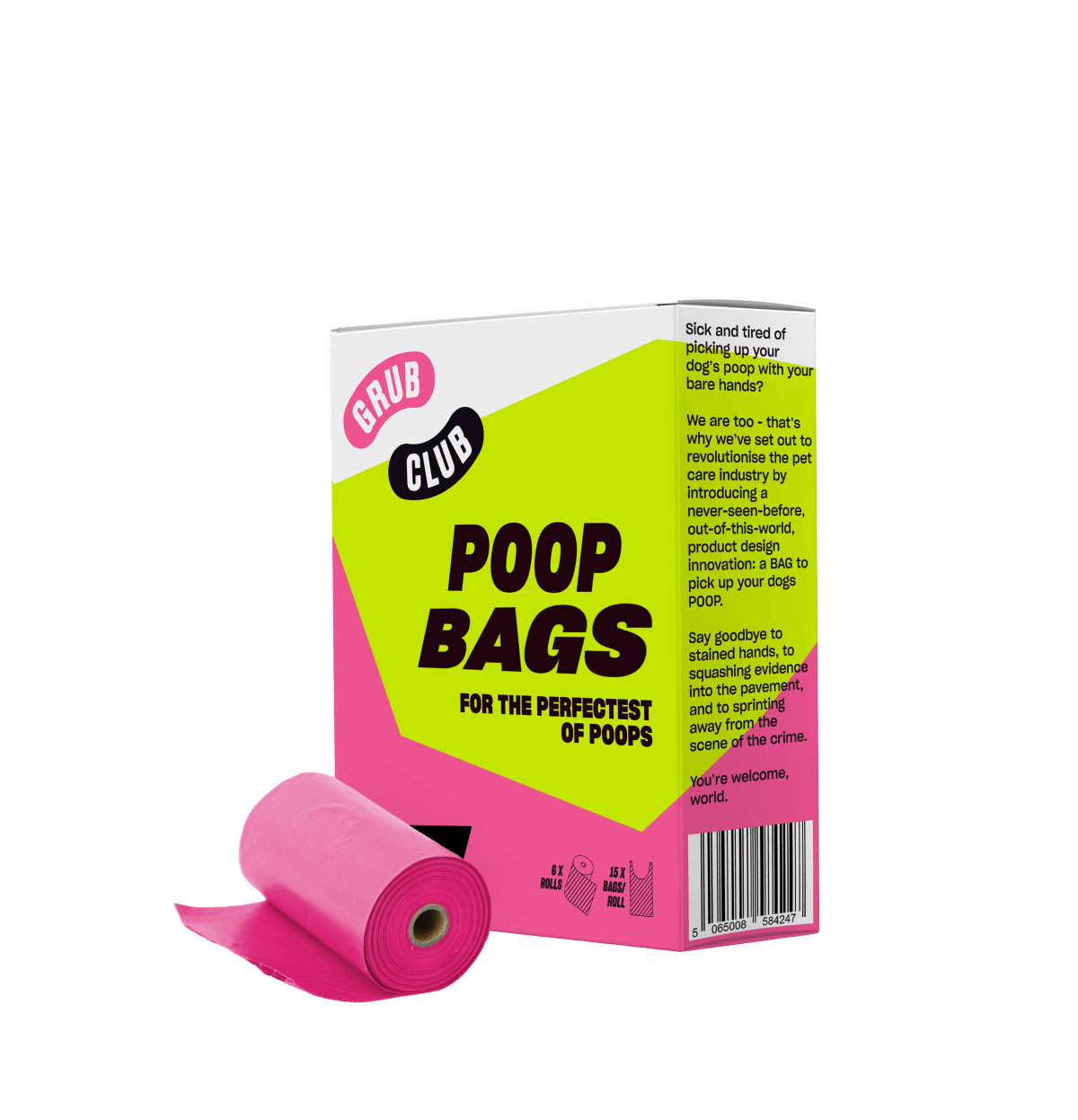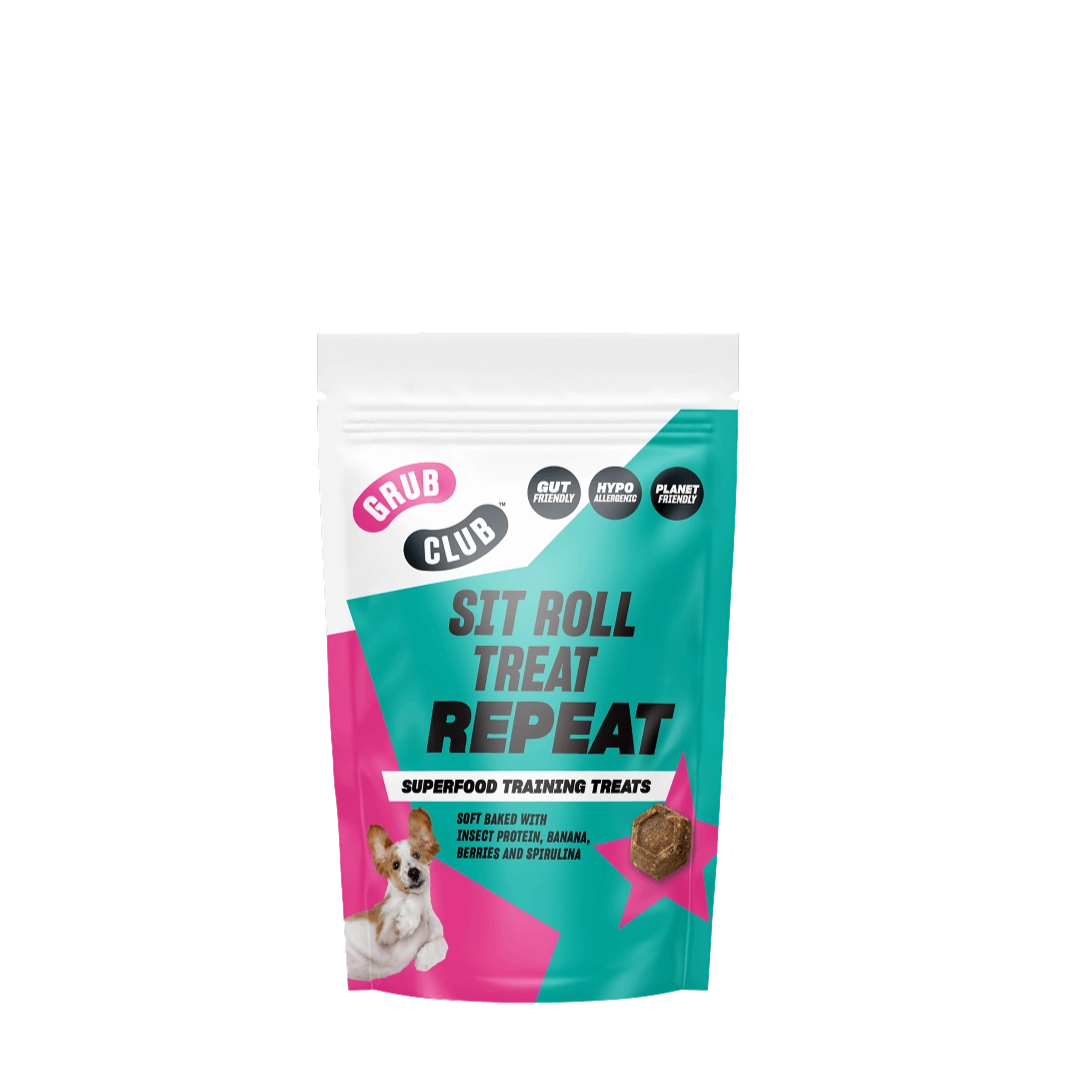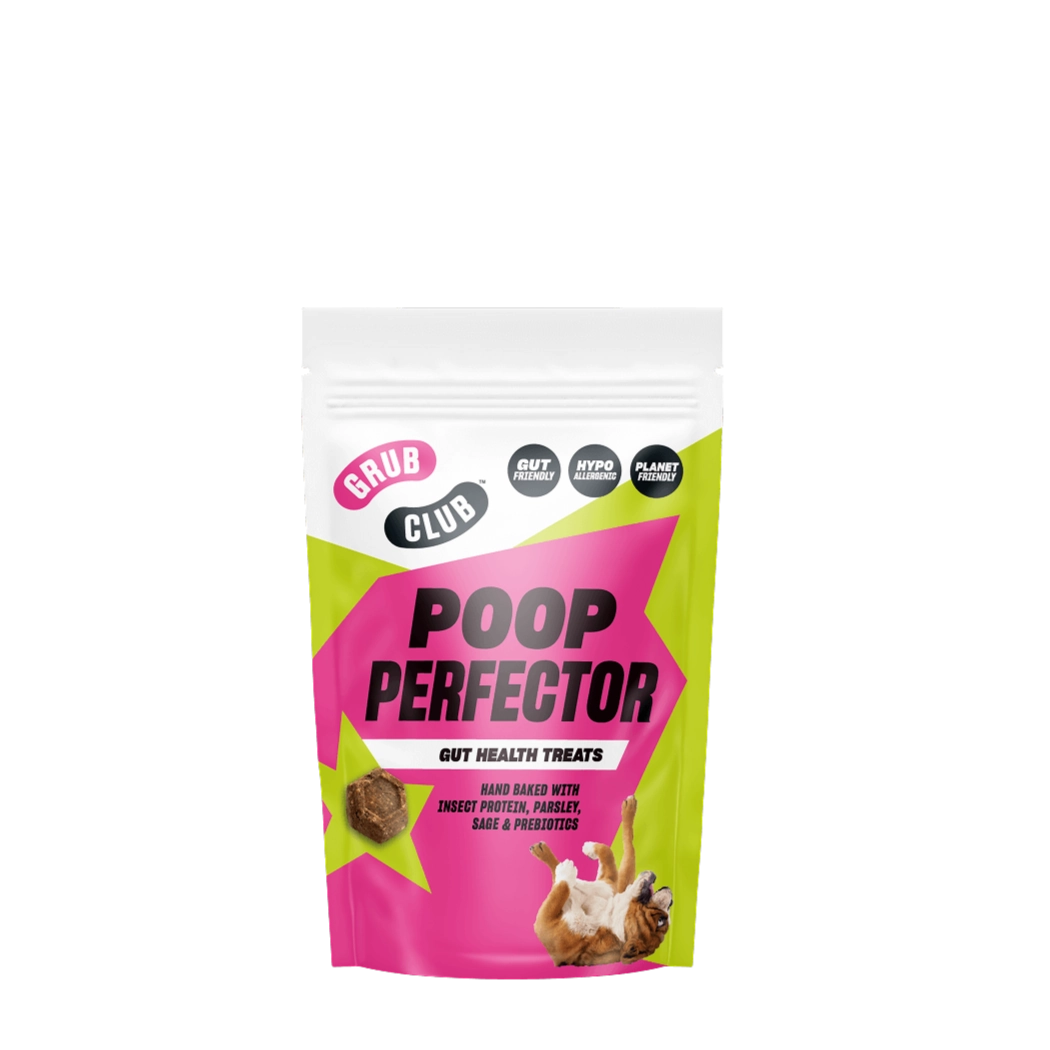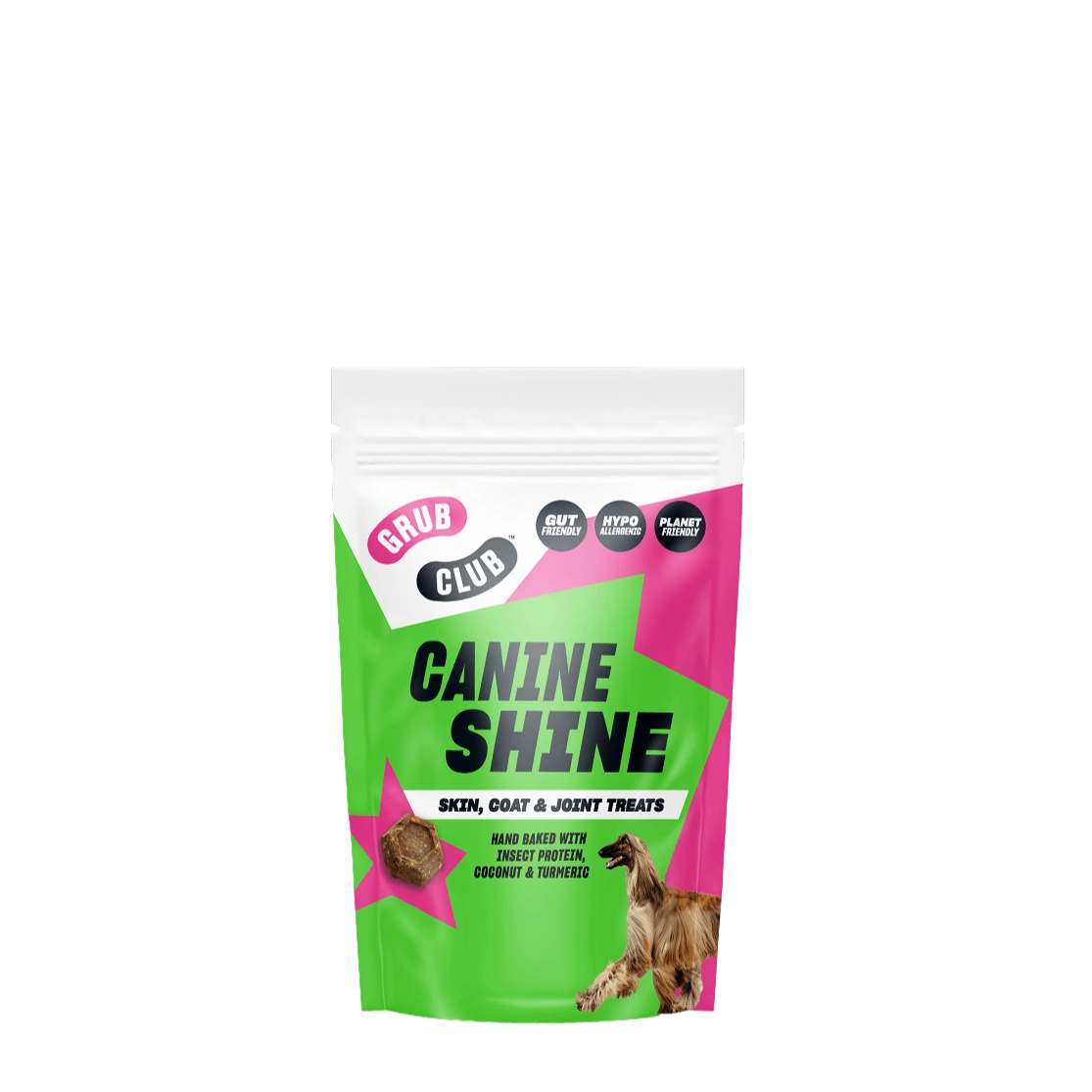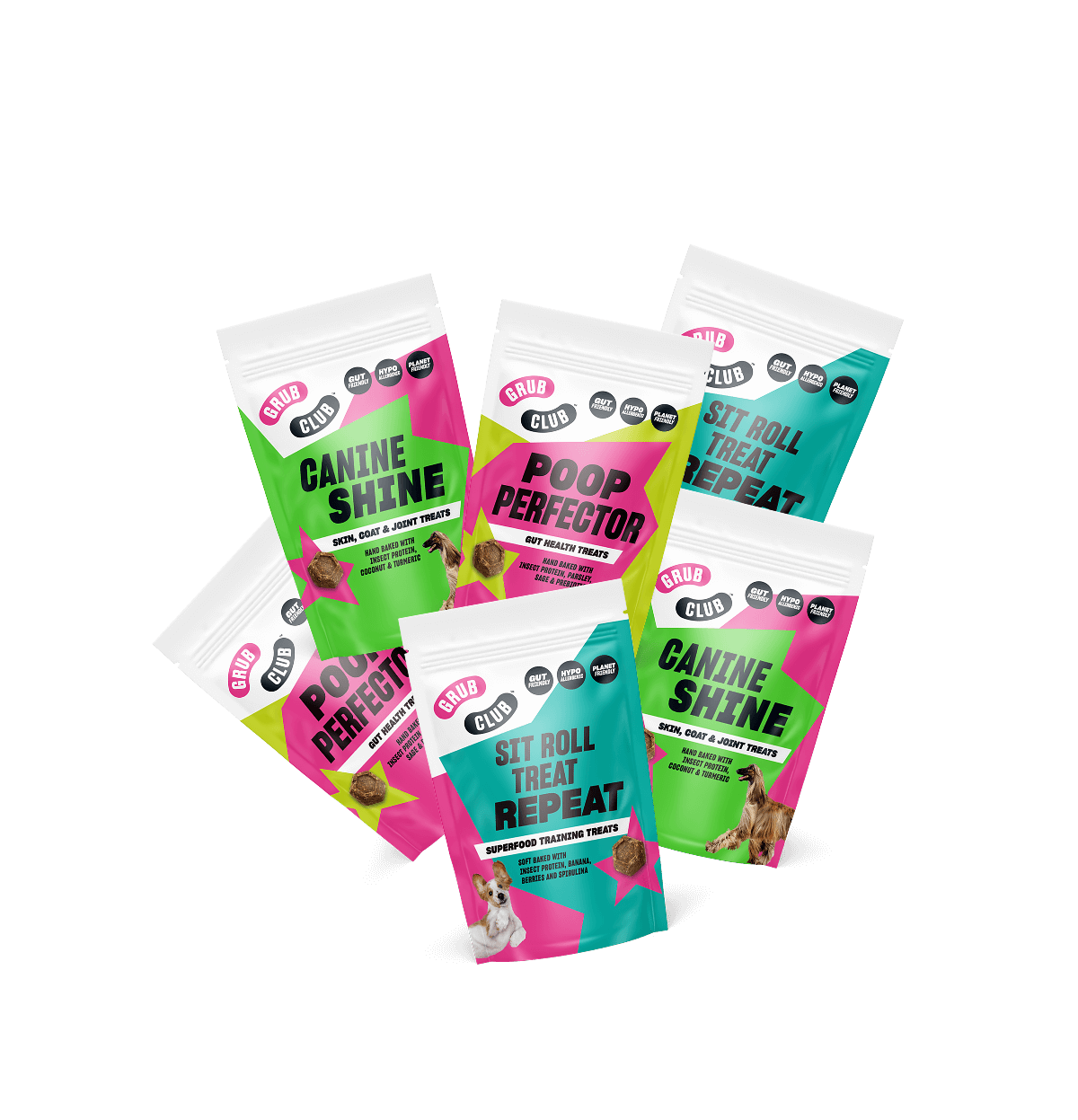Top Dog: All-In-One
Supplement for Snout-to-Tail Wellness
60 Scoops
FREE UK Delivery on orders above £49.
You have £0.00 in your cart, spend £49.00 more and get free shipping.
60 Scoops
1 Bar
72 Bags
1 Pack
1 Pack
1 Pack
Or continue without a name
Checkout
Here at Grub Club, we believe that a well-trained pup is a happy pup with a happy owner. Why? A puppy needs to know what you as the owner expect from it and you need to know that your puppy will be well-behaved and listen to you.
The easiest way to train a pup is using reward-based training. Most dogs are very food motivated so a delicious treat works, but you can also use a toy as a reward as well. You could also use a clicker or just your voice. Treats work well though as the pup can also smell the reward which adds to encouraging them.
Learning should be fun – for both you and your puppy. Avoid punishment as that will just confuse your pup. Motivate him or her with rewards and concentrate on positive reinforcement.
You want your puppy to sit, stay and come on command. You also want them to walk nicely on a loose leash, not nip or dig where they are not allowed to, and not to jump on people. Of course, you also want to potty train them and, preferably, teach them to go in one specific place. You also want your pup to recognise his or her name.
We’ll go into these in more detail further on.
You can start training your puppy from 7 weeks old. Obviously, that’s still pretty young and you certainly can’t spend half an hour training the pup. At this age, they are probably not going to manage to focus for much more than 5 minutes. But you can spend 5 minutes up to 3 times a day working on training.
Remember that the effort you put in now will result in a much more confident and well-behaved adult dog later. And, while it may be cute to have your little Labrador puppy jumping up on you now, you might not enjoy it so much when he weighs 30 kilos and could send you flying.
The most important thing is to make the training fun, rewards-based and interactive. If you can, go to puppy training school as it is also important that your pup learns to socialise with other dogs. Just make sure all his vaccinations are up to date and that the puppy school is strict about checking this for all the puppy pupils.

This is probably one of the first things you want to teach your pup. It comes in handy when you want them to calm down, before they eat, when you are putting their leash on or taking them out.
- Put a treat in your hand and place your hand near the tip of your puppy’s nose.
- Move your hand up and over his head so that the pup naturally sits in order to continue sniffing the treat.
- When he does sit, give him the treat.
- Once he starts sitting whenever you hold the treat to his nose, start saying sit each time.
- Eventually, the pup will connect sit with having his bum on the ground and keeping still.
- And, finally, stop giving treats for sitting. You can do it occasionally, but you want him to have got to the point that he sits without always expecting a treat.
You can start doing this from the very beginning and most of us probably do it instinctively anyway. But you want the pup to react when you say his name, so it is an important part of the training process and gains their attention.
- At this stage, just call out the pup’s name every now and then during the day.
- When they turn around and look at you, then give them a treat, a pat or toy or some sort of positive reinforcement.
You need to get to the point that, even when the pup is distracted, it reacts when you call its name.
Once your pup has mastered sitting on command, move on to down.
- With the treat in your hand, put your hand just under his chin and slowly move your hand down to the ground.
- Then move your hand forward along the ground. The pup should automatically move into a lying down position.
- As he lays down, say down so that he starts understanding that down means his entire body must be down on the ground.
It’s important that your pup learns to stay when you tell it to. You need to know it will keep still and stay in one place if you take it out, go to the park, or want it to settle down when visitors are around.
Once the puppy has learnt to sit and lie down, move on to training it to stay when told to. This one is quite difficult for a pup to learn but – for their own safety – it is important that they learn to stay when told to.
- Now that he’s mastered sitting or lying down, move on to stay.
- Get the pup to sit (or lie down) and then move slightly away while saying Stay. If he gets up to follow you, say Sit.
- Move slightly away again while saying Stay.
- Repeat this until he understands and be sure to give him a treat for being a good doggo.
- Once he understands that Stay means to remain in the same place, start moving a lot further away.
But, be warned, this training takes quite a while.
This is known as reliable recall and is very important. You need your pup to come when you call him or her. It’s important for their safety but often frustrating for the dog as you’re interrupting all sorts of interesting things to do like smelling and digging and playing. So, it is important that the dog does not associate Come or Here or whichever recall word you use as a negative. You need to reward them for coming to you and, now and then, let them go back to whatever fun they were having.
- Show your dog a treat or toy when they are a little distance away from you.
- As they come towards you, use your recall word and reward them when they get to you.
The American Kennel Club has some nice ideas on games to play in order to reinforce the Come or recall command: https://www.akc.org/expert-advice/training/reliable-recall-train-dogs-to-come-when-called/.

Unless you want your shoulder dislocated, it is important to teach your pup to walk loosely on a leash. You don’t want to be one of those people you see being dragged down the road by their overly excitable dog.
- Firstly, choose which side you prefer your pup to walk on. It doesn’t matter whether it is your right or your left but be consistent going forward once you have chosen it.
- Secondly, get the pup comfortable with being on a leash. He’ll initially think it’s a game so tell him sit to calm him down and give him a treat.
- Choose a cue word that means walk with me. It could be Let’s Go or Heel or Walk. Then start walking.
- If (and probably when) pup starts pulling ahead, just stop.
- He will probably come back to you of his own accord.
- If not, softly call him by his name.
- He should return. When he does, give him a treat.
- Then start again, using your cue word. He will eventually get the message!
Consistency is key. And so is being gentle, yet firm. What you don’t want is a pup that is afraid of you – that is not going to result in a happy, healthy dog.
Check Out Our Related Products & Bundles:

